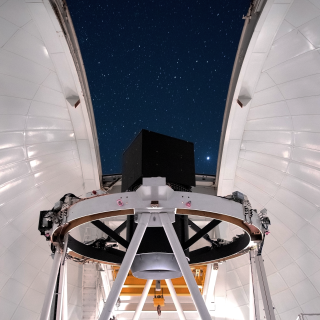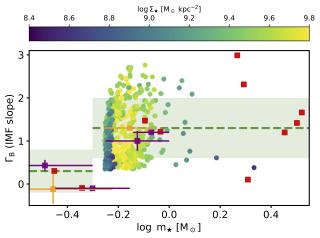
Using the set of first-light observations from the new William Herschel Telescope Enhanced Area Velocity Explorer (WEAVE) wide-field spectrograph, a team of more than 50 astronomers, led by Dr Marina Arnaudova at the University of Hertfordshire, presents the first WEAVE scientific results on Stephan’s Quintet. This state-of-the-art wide-field spectrograph is a 20-million Euro project that brings together leading experts from around the world. WEAVE is set to revolutionise our understanding of the Universe, offering unprecedented detail, as demonstrated in this new study of Stephan’s Quintet
Advertised on



